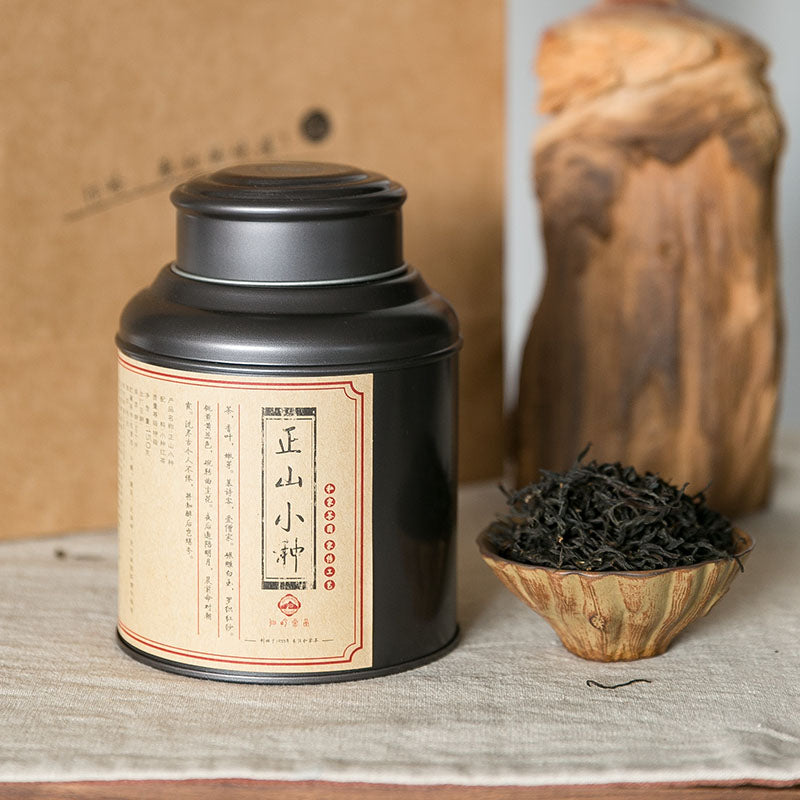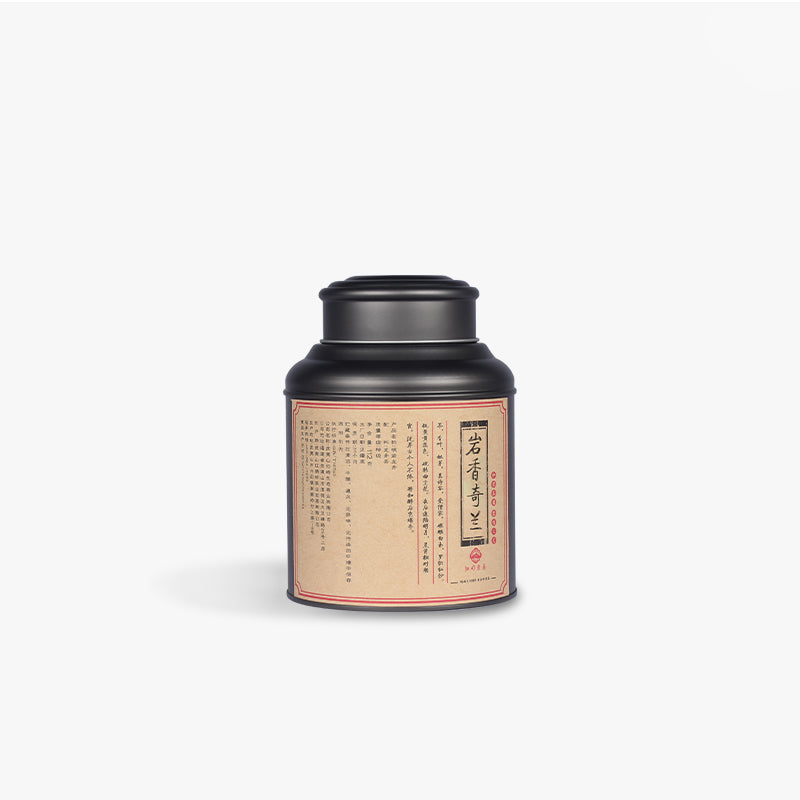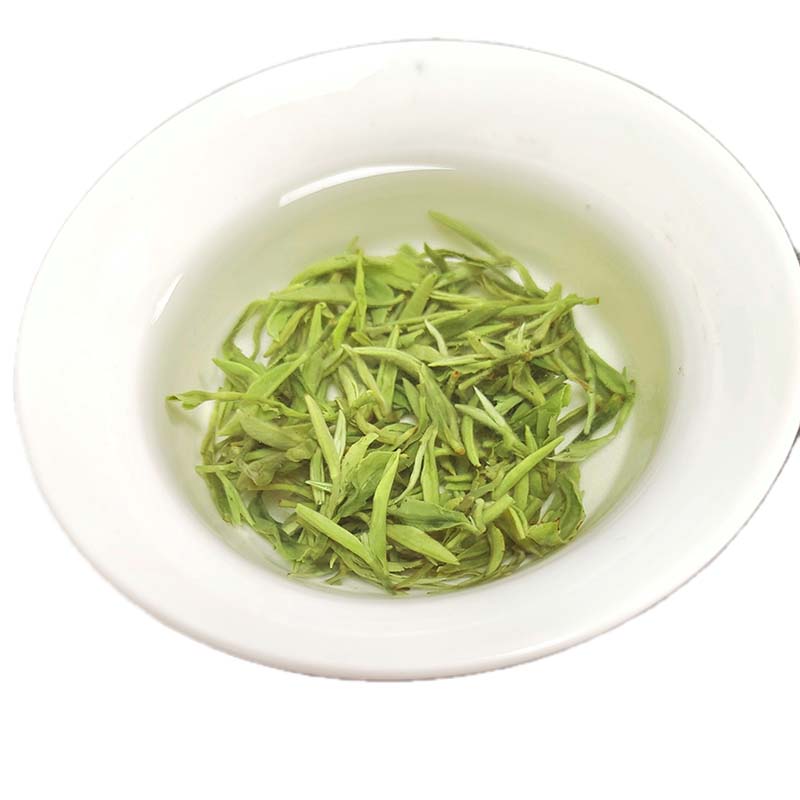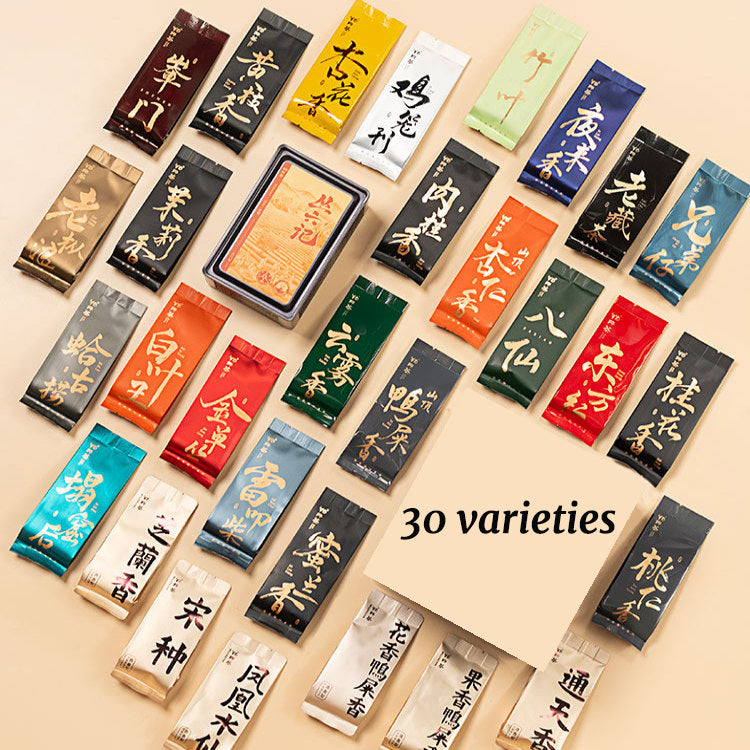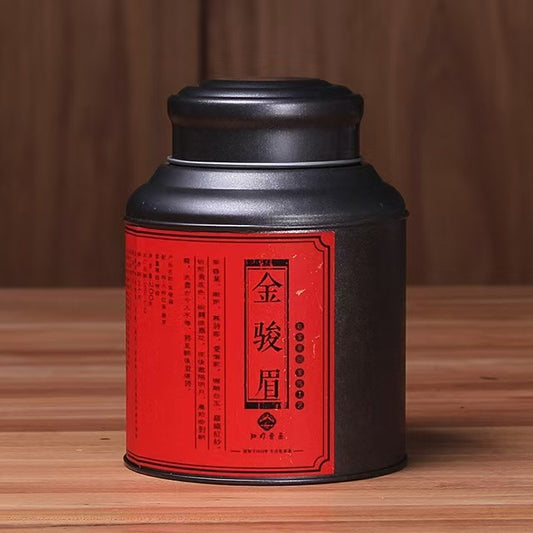Black Tea Green Tea and Oolong Tea Exploring Their Unique Worlds
Black Tea Green Tea and Oolong Tea Exploring Their Unique Worlds
For anyone who has wandered down the path of tea discovery, the question of the differences between black, green, and oolong tea is almost inevitable. These three teas, each with its own unique character and cultural heritage, offer rich experiences that go far beyond the cup. Let's delve into what sets these teas apart — and why each deserves a place in your tea cupboard.
The story of tea begins in China, where legend has it that Emperor Shen Nong discovered the delightful beverage when a tea leaf accidentally blew into his pot of boiling water. From these origins, tea evolved into a sophisticated art form, with various regions developing their own distinct methods of cultivation and processing. Black tea, green tea, and oolong tea, while all originating from the same Camellia sinensis plant, are distinguished primarily by their levels of oxidation — a crucial step in defining the flavor and aroma of the final tea.
Green tea is cherished for its fresh, grassy notes and a hint of natural sweetness. What makes green tea unique is the minimal oxidation process; the leaves are quickly dried or steamed after plucking to halt oxidation, preserving their verdant color and delicate flavors. Think of classics like Longjing or Sencha, which deliver a crisp, clean taste reminiscent of spring mornings and garden flowers. For those who appreciate a light, refreshing brew, green tea offers a serene escape into nature’s purest forms.
In contrast, black tea undergoes full oxidation, transforming its leaves into deep, rich tones and imparting robust flavors. This process raises the tea’s caffeine content and bestows it with a complexity that can range from malty and sweet to bold and brisk. Teas such as Assam and Darjeeling have become synonymous with hearty breakfasts and afternoon tea traditions across Europe and beyond, offering a comforting embrace with each sip. Black tea’s strength makes it versatile — delightful on its own or as a base for classic blends like Earl Grey.
Oolong tea, often described as a bridge between green and black tea, is an exploration in balance and craftsmanship. Partially oxidized, oolong can vary widely in flavor and appearance, from light and floral to dark and roasted. The art of crafting oolong tea, especially prized in regions like Taiwan and Fujian, requires a deft hand and an experienced palate. Famous varieties such as Tieguanyin and Da Hong Pao showcase a masterful weave of florals, fruits, and nutty undertones, offering a meditative experience that invites you to slow down and savor each layer.
Brewing methods can also highlight the nuances of each tea type. While green teas benefit from cooler water temperatures to avoid bitterness, black teas flourish with hotter water that coaxes out their depth of flavor. Oolong, with its wide variation, invites experimentation — adjusting the steeping time or using a traditional gaiwan can unveil new dimensions.
In choosing between black, green, and oolong tea, consider not only their flavor profiles but also the stories and traditions they carry. Whether you're seeking the vibrant freshness of green, the comforting warmth of black, or the nuanced complexities of oolong, each cup offers a connection to a rich cultural tapestry. So, why not let each tea take you on its own journey, one steep at a time? In the world of tea, there are no wrong choices, only endless possibilities.

